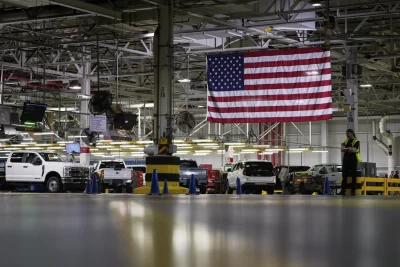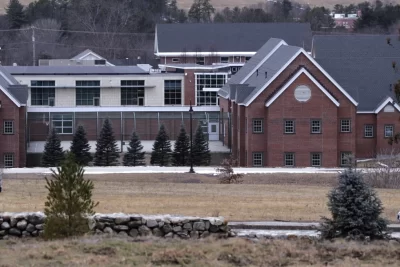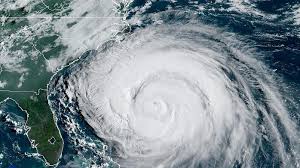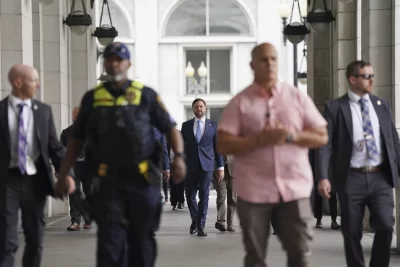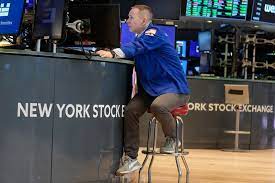
Wall Street’s September swoon is worsening Tuesday, and U.S. stocks are falling toward their lowest level since June.
The S&P 500 was 1% lower in afternoon trading, coming off a rare gain and on track for its fifth drop in six days. The Dow Jones Industrial Average was down 280 points, or 0.8%, at 33,726, as of 12:42 p.m. Eastern time, and the Nasdaq composite was 1.1% lower.
Stocks have tumbled this month, which is on track to be Wall Street’s worst of the year, as the realization sets in that the Federal Reserve will indeed keep interest rates high for a long time. The growing understanding has sent yields in the bond market to their highest levels in more than a decade, which in turn has undercut prices for stocks and other investments.
Treasury yields were holding near their highest levels since 2007 following a mixed batch of reports on the economy. The yield on the 10-year Treasury was holding at 4.54%.
One report showed confidence among consumers was weaker than economists expected. That’s concerning because strong spending by U.S. households has been a bulwark keeping the economy out of a long-predicted recession.
While housing and manufacturing have felt the sting of high interest rates, the economy overall has held up well enough to raise worries that upward pressure still exists on inflation. That pushed the Fed last week to say it will likely cut interest rates by less next year than earlier expected. The Fed’s main interest rate is already at its highest level since 2001 in its drive to get inflation back down to its target.
Besides high interest rates, a long list of other worries is also tugging at Wall Street. The most immediate is the threat of another U.S. government shutdown as Capitol Hill threatens a stalemate that could shut off federal services across the country.
Wall Street has dealt with such shutdowns in the past, and stocks have historically been turbulent in the runup to them, according to Lori Calvasina, strategist at RBC Capital Markets.
After looking at the seven shutdowns that lasted 10 days or more since the 1970s, she found the S&P 500 dropped an average of roughly 10% in the three months heading into them. Stocks managed to hold up rather well during the shutdowns, falling an average of just 0.2%, before rebounding meaningfully afterward.
Besides the threats of higher interest rates for longer and a possible federal shutdown, Wall Street is also contending with higher oil prices, shaky economies around the world, a strike by U.S. auto workers that could put more upward pressure on inflation and a resumption of U.S. student-loan repayments that could dent spending by households.
On Wall Street, the vast majority of stocks were falling, including more than 80% of those within the S&P 500.
Big Tech stocks tend to be among the hardest hit by high rates, and they were the heaviest weights on the index. Apple fell 1.7% and Microsoft lost 2.6%.
Amazon tumbled 2.7% as it faces an antitrust lawsuit from The Federal Trade Commission and 17 state attorney general. The lawsuit alleges that the e-commerce behemoth uses its position in the marketplace to inflate prices on other platforms, overcharge sellers and stifle competition.
Cintas dropped 4.8% for one of the larger losses in the S&P 500. The provider of employee uniforms, mops, fire extinguishers and other services reported stronger profit for its latest quarter than analysts expected. It also raised its forecasts for revenue and profit for the full fiscal year, but still within a range that many analysts earlier expected.
Stocks were also falling in markets abroad, with indexes lower across Asia and much of Europe.
Japan’s Nikkei 225 fell 1.1%, South Korea’s Kospi dropped 1.3% and Hong Kong’s Hang Seng lost 1.5%.
In China, concerns continued over heavily indebted real estate developer Evergrande. The property market crisis there is dragging on China’s economic growth and raising worries about financial instability.
France’s CAC 40 fell 0.7%, Germany’s DAX lost 1% and the FTSE 100 in London was mostly unchanged.
Crude oil prices were rising, adding more worries about inflation. A barrel of benchmark U.S. crude rose 0.9% to $90.51. Brent crude, the international standard, was up 0.7%, to $92.51 per barrel.
___
AP Business Writers Yuri Kageyama and Matt Ott contributed.



